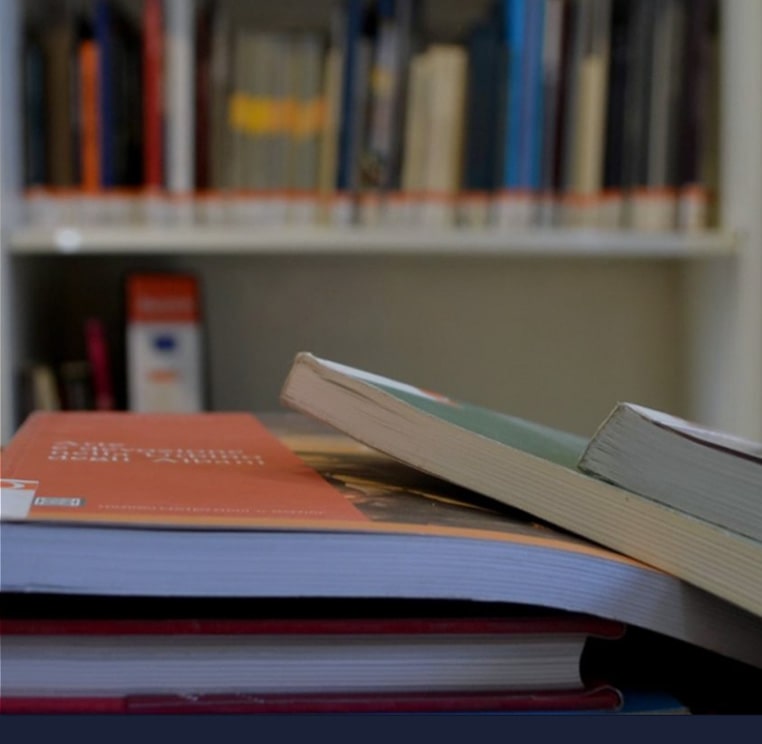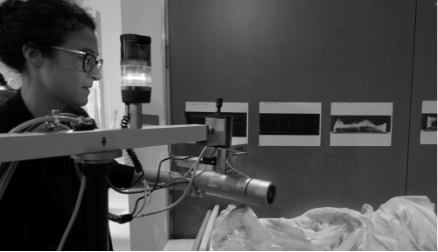
Conservation and Restoration
The nine Restoration Laboratories, divided by type of materials, conduct study and design activities for the prevention, monitoring, maintenance and restoration of cultural heritage.

Science
The Scientific Laboratories play a key role in supporting restoration and conservation, for study and research, for teaching and dissemination with advanced instruments and technologies.

Training
The School of Higher Education and Study (SAF) organizes training and professional updating courses. Thanks to the agreement with the University of Turin, the Centre is the seat of the Degree Course.

Documentation
The Center develops and conducts activities of documentation and enhancement of archival and bibliographic funds of particular importance for the conservation and restoration of cultural heritage.
Discover JRC

Science
Projects and research

Documents and Archive
Documentation

Training
Visit
News & Press
Events
CCR services

Training
The School of Higher Education and Study (SAF) organizes and manages Masters and Professional Refresher Courses.
Thanks to the agreement with the University of Turin, SAF participates in the organisation of the Single Cycle Master’s Degree Course in Conservation and Restoration of Cultural Heritage.
Guided tours
The Center opens its doors to the public and families with guided tours and thematic tours in the Restoration Laboratories, Scientific Laboratories and construction sites.
Restorers, art historians and scientific researchers recount the advanced techniques of intervention and investigation, thanks to which restorations become real sites of knowledge that enrich the wealth of information on the conservation of cultural heritage.

























